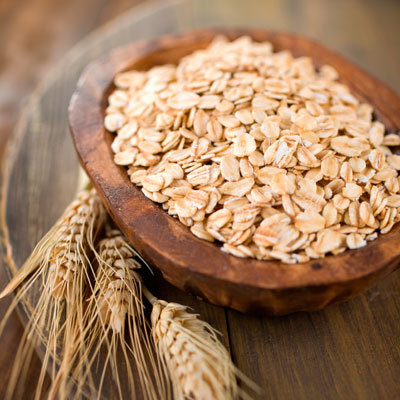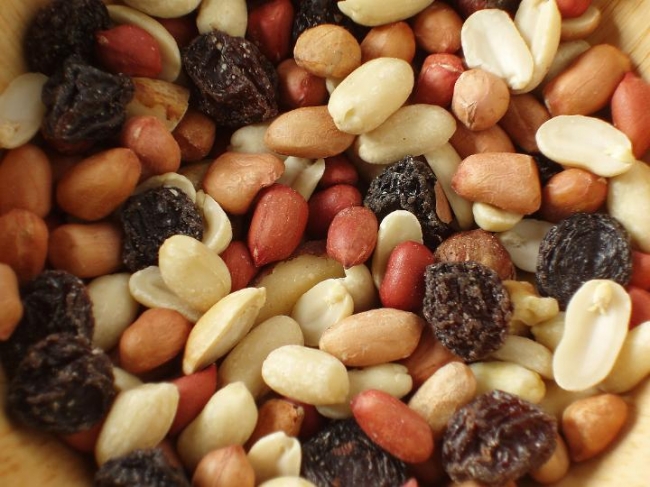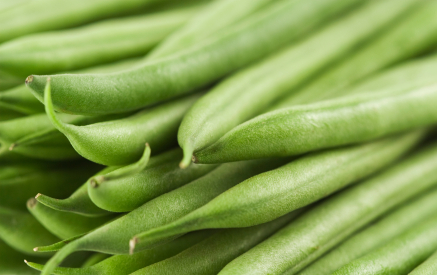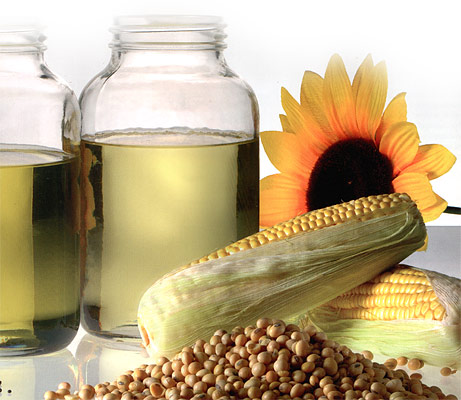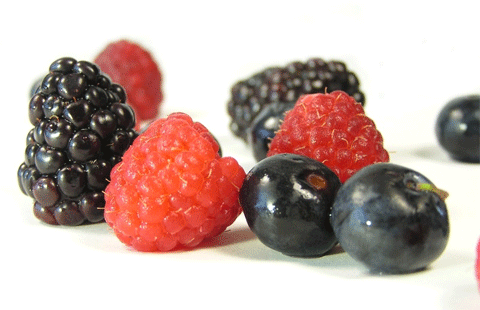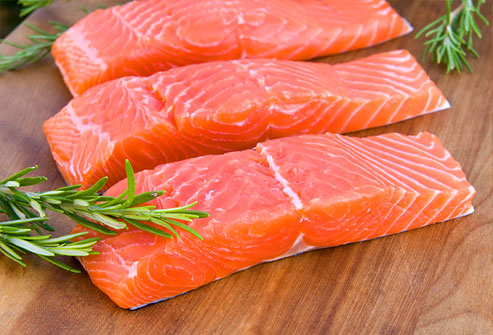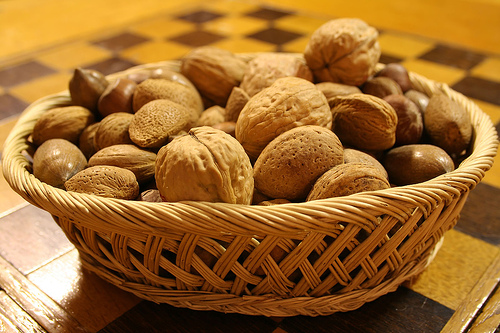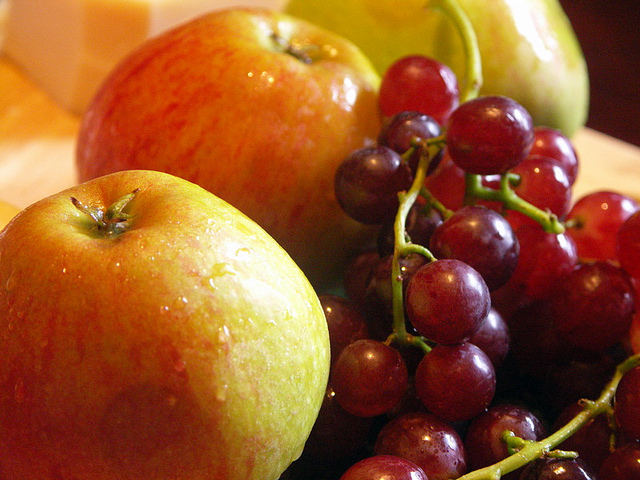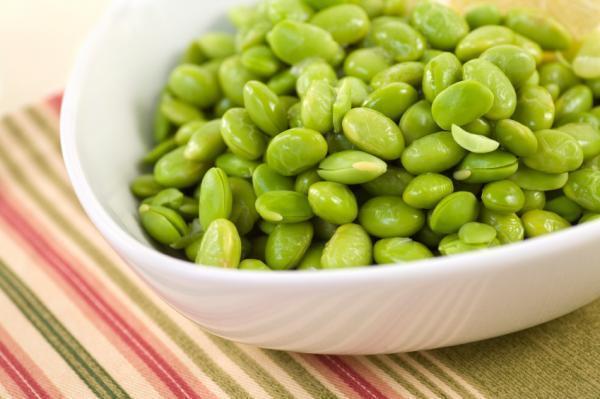Harmful ldl shoots upwards with foods like saturated fats, whole milk, fried chicken and butter. But thankfully, the reverse also holds true. Harmful ldl can be reduced in two ways. One is to cut back on the foods that are harmful and the other is to include those foods that can reduce the ldl cholesterol levels. These are foods like whole grains with soluble fiber that binds with the cholesterol in the blood stream and boots it out, or foods with omega-3 fats that reduce the harmful ldl cholesterol. With ongoing medical research it is very important to keep up with the latest developments to manage our health in a better way.
Oats
High fiber foods like oats and whole grains contain water soluble fiber called glucan. These fibers, bind the cholesterol molecules in the small intestines and move out of the body without being absorbed by the blood. Oats or oatmeal is very effective for bringing down the level of bad cholesterol. A bowl of oatmeal at breakfast can provide about 2 grams of fiber that is soluble. Strawberries or a banana can be added for another 1/2 a gram of soluble fiber. A bowl of oatmeal that can be about 60 grams of oats has been found to decrease the cholesterol level by as much as 10 percent in most people. The more the quantity of oats consumed results in a bigger drop in the cholesterol level. Of course, the oats must not be supplemented by other high cholesterol foods like butter, cheese, whole milk or chocolate.
Nuts
Nuts have now been accorded an important place in diets for healthy living. A study was made on 25 cases with a corresponding control group. The results show that nuts have a natural compound called plant sterols that reduce the level of bad cholesterol by preventing absorption by the blood. Gender, age or type of nut did not appear to affect the levels but BMI did have an effect in that the level of ldl did not reduce much. Eating about 2 ounces a day for an average person decreases the ldl by about 5 percent. Nuts are a high fat content and calorific value, so they should be eaten with moderation. They become harmful because they are not eaten in their natural form but eaten in a heavily salted or fried form. Walnuts are unique among nuts, because they have a higher content of omega-3 fats that is beneficial for lowering ldl.
Beans
Kidney beans, haricot beans, canned beans, baked beans or anything by the name of beans have the amazing property of reducing ldl. Two meals a week is the recommended diet for cholesterol watchers. The water soluble fiber in beans gives them the magical property of lowering ldl. They also keep hunger pangs away to help weight watchers. As obesity is known to come in the way of reducing ldl, eating more beans of any kind has a two pronged advantage. One is to reduce weight and the other, to reduce ldl. Bean eaters are spoilt for choices like kidney beans and navy beans, lentils, garbanzos and black eyed peas that can be dished up in many ways.
Vegetable oils
The latest health claim from the vegetable oil industry of Canada has got the approval advising consumers to change their saturated fat with polyunsaturated and monounsaturated fats from vegetable oils to reduce cholesterol. This means that we must use vegetable oils like olive oil, sunflower, safflower and others in place of butter, shortening, lard and also for salad dressing to reduce ldl. Canola oil is highly recommended as it is cholesterol free and also trans-fat free. It also has the lowest level of saturated fat and high in mono-unsaturated fat.
Fiber supplements
For people who are meat lovers, fiber content that is compulsory for a healthy diet is very low. Fiber reduces cholesterol and the required quantity is about 25 grams to 30 grams. So it is best to go for fiber supplements. Total the quantity of fiber that is consumed in a day. Calculate the quantity of supplement required to bring it to a minimum of 25 grams. Divide the quantity between 3 meals and take the supplement about 15 minutes before every meal for maximum benefits.
Fatty fish
Fatty fish like salmon, sardines, tuna, herring, trout, and mackerel are highly recommended by the American Dietetic Association. Though the term fatty is a bit misleading, they contain healthy fats like omega-3 fatty acids. These fatty acids reduce the triglycerides in the blood by nearly 25 percent. Eating fish two or three times a week not only replaces meat but also lowers the triglycerides that cause ldl and heart diseases. You can also eat white fish like halibut and trout instead of other cold water fishes like salmon or tuna.
Sterols and stanols
Sterols and stanols are naturally occurring compounds found in fresh fruits, nuts and virgin olive oil and sunflower oil. Though they were known to reduce cholesterol levels for nearly five decades, it is only recently that French scientists have been able to extract them directly from plants and add appropriate quantities as supplements to our daily foods like bread, orange juice and even whole milk. They are exactly like cholesterol in structure and work the same way. Without getting into details, the idea is to get stanol or sterol absorbed instead of the bad cholesterol. Including 2 grams of these fortified foodstuffs can reduce the ldl by 10 percent within two weeks. This is better than going for medications. Other foods having stanols and sterols are brussel sprouts, legumes, almonds, cashews, peanuts, macadamia nuts and canola oil.
Citrus fruits, apples and grapes
Apples, citrus fruits, strawberries and grapes have a compound called pectin which is again a soluble fiber that can reduce bad cholesterol. Pectin is found in all plants but in varying percentages. Pectin is higher in citrus fruits, apples, grapefruit and apricots which is about 70 percent. Bananas, beets, carrots and cabbage also contain pectin. Pectin found in food ingredients is found to be better tolerated than when it is taken as a powder or capsule.
Soybeans
Eating soybeans and food made from them like soy milk or tofu is another powerful way to reduce bad cholesterol. 25 grams of soyfood can bring down ldl by as much as 5 percent to 6 percent. A number of studies indicate that soybean can reduce bad cholesterol without damaging good cholesterol or HDL. Though there are some controversies regarding the effect of soy foods on ldl, it is a great source of protein and low in fat. It can be cooked in different ways like a drink or used as nuggets or flour to make side dishes and snacks.




